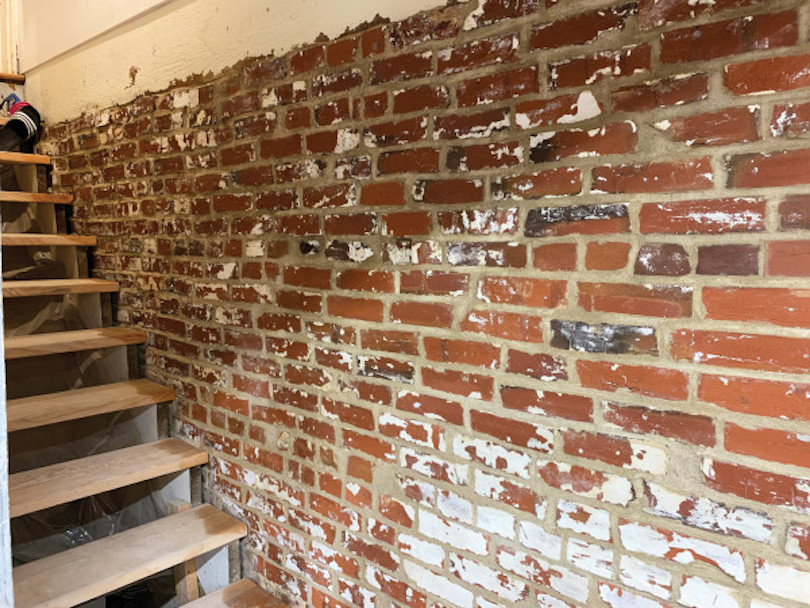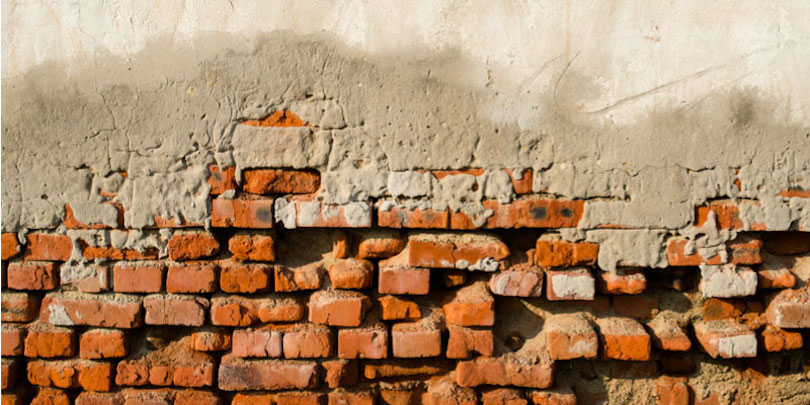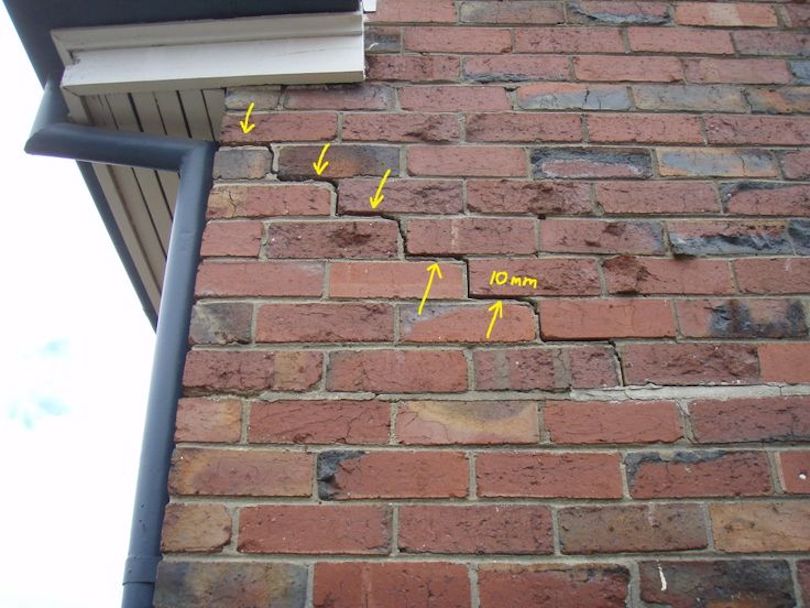How to Repair Crumbling Red Bricks

Why do bricks crumble? Bricks crumble and disintegrate due to water (freezing and erosion), continual weather, and other external factors. Because bricks are porous materials, they readily absorb moisture. Bricks start to lose their adhesiveness and start to crumble and wear away when they take in too much moisture. This is why it’s crucial to maintain your bricks properly and be able to recognize damage before it gets worse. But how to repair crumbling red bricks?
Let’s examine further what causes bricks to crumble, how to avoid it, and what to do if it does happen.
What Makes Bricks Crumble?
Crumbling bricks can be caused by a variety of factors, although water damage is the most frequent type. Water has the power to degrade surfaces and brickwork. The freeze/thaw cycle takes place when there is too much water trapped inside brick buildings. The moisture expands and freezes when the temperature drops, shrinks, and loses volume when the temperature rises. Repeatedly carrying out this technique exerts too much strain on the masonry, causing it to crack and finally spall.
Also Read: 10 Brick Wallpaper Ideas To Dress Up Different Areas in Your House
There are several ways in which water might cause the brick to crumble. One, bricks will eventually start to deteriorate if precipitation hits surfaces directly regularly. Second, over time, the wall, chimney, or other brick surfaces will erode if poor drainage causes water to routinely leak from the roof down onto surfaces. Thirdly, rising dampness, which is related to water entering your home’s foundation, is caused by constantly moist soil. Water vapor, which at first glance appears to be innocuous, can also let moisture in.

It’s a popular misconception that non-breathable sealants assist keep water from entering masonry, but that isn’t exactly the case. Through its inherent porosity, brick masonry is particularly effective in absorbing and releasing water. But masonry loses its ability to breathe and release any trapped moisture when a non-breathable sealer is placed over it. As a result, any water that gets stuck within or manages to get in stays there permanently. You can tell surfaces have been sealed if you splash water on masonry and it beads up, but you cannot tell whether a breathable sealer was utilized or not.
Incorrectly positioned bricks
at or below grade level. It’s probably because the bricks were put incorrectly if you only detect spalling in the areas that are at or below grade level.
Bricks can sustain significant damage from high-pressure cleaning with water or sand. The most harm will be done by this method of treatment to masonry that has a softer core and a tougher outside.
The number of freeze cycles, the volume of water present, the brick’s permeability and porosity as well as other factors, all influence the extent of the damage. Some bricks are denser all the way through, while others are tougher on the outside but softer inside.
How to stop brick from crumbling
The greatest method to protect your bricks from harm is to take the initiative rather than wait for it to happen. This is why it’s crucial to periodically inspect the brick outside of your home every few months or so. Although the inspection need not be in-depth, you should take your time to properly evaluate any potential harm.

Additionally, make sure no water is allowed to collect or seep into your bricks. Before erosion starts to get worse, faulty gutters and drainage systems that allow water to reach bricks should be fixed.
Another approach to prevent damage is to keep your outside brick walls clean and free of vegetation. You can also add masonry sealants to your bricks to further safeguard them. Use the proper sort to protect your bricks from the outdoors while keeping them permeable.
How to fix the cracked brick
Can your brick be fixed if it has already begun to crumble? Yes, it can. You can DIY, but it’s advised that a professional handle it to prevent further structural damage. Bricks that are crumbling and damaged can be swapped out for more recent bricks and cemented back into place. Tuckpointing, which involves removing worn-out mortar and rebuilding it with new material, is another option for replacing deteriorated mortar.
We hope that you now understand how to repair crumbling red bricks and how to fix them with ease. You must follow the mentioned instructions to prevent any such issues. If you are still confused, it is best to contact the experts near you to help you.
